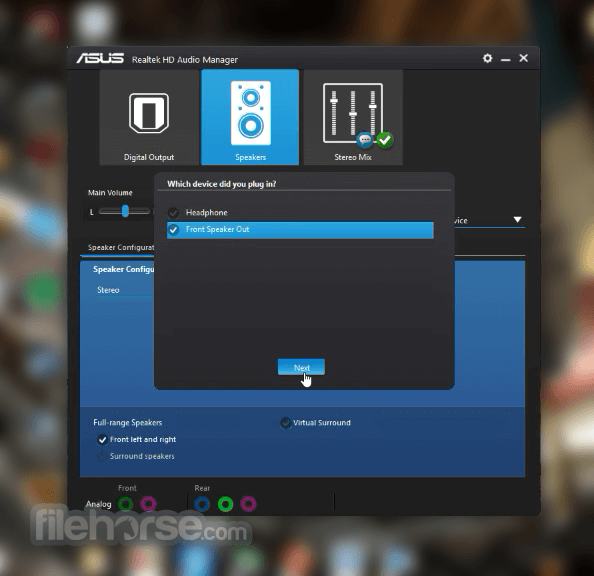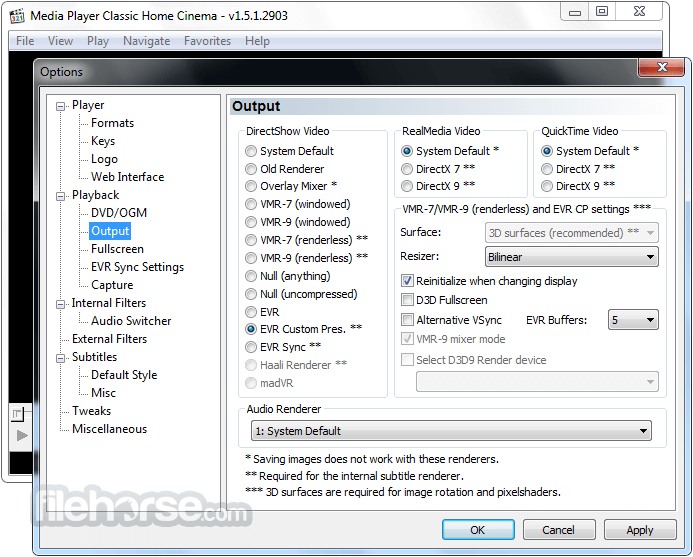


Now click on Get Started and under Verify Root Status, click on Verify Root.Then launch Root Checker and click on Agree (if you accept the T&Cs).Now open Root Checker (or any other application of your choice) and click Install.Install Root Checker from the Google Play Store Launch the Google Play Store in BlueStacks and search for Root Check.Whichever method is used to Root BlueStacks, you may need a root checking app to confirm if the process was successful. Install a Root Checking Application from the Google Play Store Then, sign into the Play Store and then you can go ahead with the rooting process as discussed below.Start the Newly Created BlueStacks Instance from the BlueStacks Multi-Instance Manager Now in the Multi-Instance Manager, select the newly created instance and click on Start.Create a New BlueStacks Instance with 2 Cores and 2 GB RAM Then click on the Create button and wait till the BlueStacks instance is created.Now set the RAM dropdown to Medium 2GB and leave other options on the default values.Select the Android Version of Nougat 32-Bit in the BlueStacks Fresh Instance Window Then click Next and set the CPU Cores dropdown box to at least Medium (2 Cores).

Select Fresh Instance in the BlueStacks New Instance Window Now select Fresh Instance and choose an Android version but it will be better to select Nougat 32-bit (the default BlueStacks installation at the time of writing this article).

Click on New Instance in BlueStacks Multi-Instance Manager


 0 kommentar(er)
0 kommentar(er)
